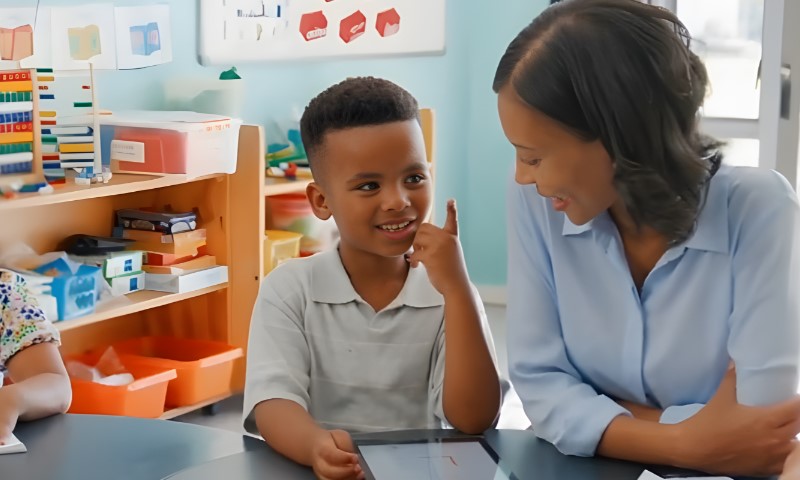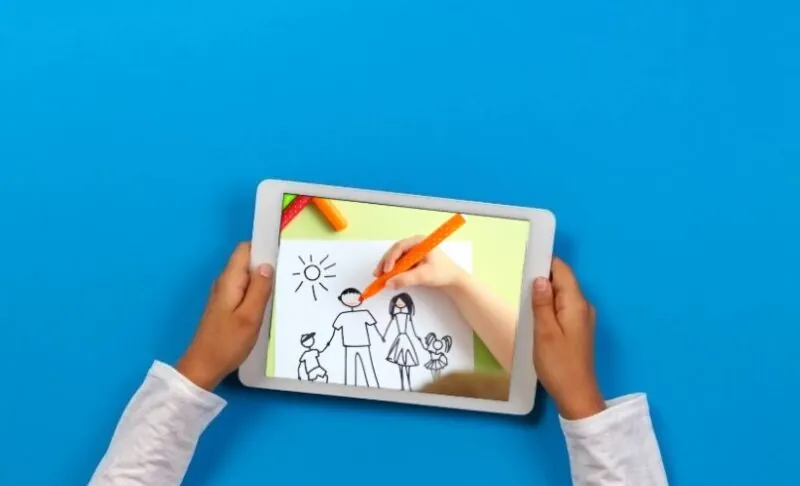
Share Post:
Drawing and painting play a vital role in a child’s cognitive and emotional development.
Sketching shapes, mixing colors, and creating characters help develop:
- Motor skills
- Concentration
- Imagination
At home, these creative practices offer a powerful outlet for self-expression, especially when woven into everyday routines.
Home-based creative expression allows children to experiment without pressure.
Families seeking to support this artistic growth now have better access than ever to structured learning, all thanks to online platforms.
Without further ado, let us begin.
Table of Contents
Toggle1. Outschool

- Target Age: All ages
- Key Features: Real-time interaction, broad selection of topics (cartooning, watercolor, digital art), flexible scheduling
Outschool provides a highly engaging environment where children can connect with peers and professional instructors in real time. Courses span multiple interests, from character design to landscape painting and digital drawing.
Children choose classes that fit their creative goals, attend live sessions, and receive direct feedback on their progress.
Interactive classes keep kids engaged and social. Instructors often bring a warm, informal style that puts kids at ease and encourages participation. Sessions range from one-time drop-ins to ongoing weekly workshops, offering flexibility for any family’s routine.
Ideal for social learners, Outschool’s structure ensures children can ask questions, share their work, and feel part of a creative community. Its wide selection of themes ensures there’s always something new to try, helping kids stay motivated and excited about developing their artistic skills.
2. Ottawa School of Art – Homeschool Editions
- Target Age: 6–14
- Programs Offered:
- Drawing and Cartooning 101 (Ages 6–9)
- Drawing 101 (Ages 10–14)
- Key Features: Skill-based curriculum, character design, animation fundamentals
Designed specifically for homeschoolers, the Ottawa School of Art’s programs focus on building a strong foundation. Structured courses teach drawing principles step-by-step, starting with simple forms and progressing to more detailed illustrations.
Cartooning and animation elements add fun and excitement, keeping kids engaged while they build core skills.
The program suits families seeking an educational path that supports both artistic growth and academic structure. Classes are organized in short sessions, with opportunities for personal feedback and instructor guidance. Materials are introduced in a way that ensures kids can follow along without needing advanced supplies.
Lessons encourage practice without pressure. Children build technical skillsets while expressing personal creativity through guided exercises and imaginative assignments.
For those experiencing school or geographic limitations, some platforms also provide the flexibility to bypass network restrictions and ensure consistent access to creative resources.
Why It’s Great: Tailored for homeschooling families with structured lessons, character-driven fun, and practical techniques that promote consistent progress.
3. Skillshare
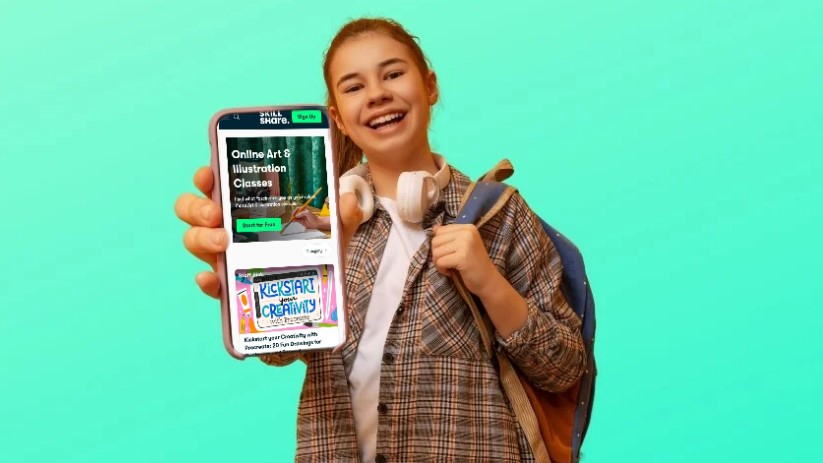
- Target Age: 10+
- Key Features: Professional instruction, wide range of mediums (watercolor, digital illustration, pen & ink), flexible, self-guided format
Skillshare offers older children and teens the opportunity to learn directly from professional artists through thoughtfully organized video lessons. With topics ranging from beginner-friendly sketching to advanced digital painting, young learners can explore their favorite styles while progressing at their own speed.
Each course includes hands-on projects, which help reinforce concepts while giving students something tangible to complete. Some instructors also share bonus materials like downloadable templates and inspiration boards, adding value to each class. Because it’s self-paced, students can pause, rewind, and review as often as needed.
Courses are usually bite-sized and focused, which allows children to follow specific goals—like drawing anime characters or mastering shading techniques. Completion of multiple classes builds confidence and a deeper grasp of creative principles.
4. Sparketh
- Target Age: 6–18
- Key Features: Personalized learning paths, skill tracking, regularly updated content
Sparketh brings a child-focused platform that combines education, entertainment, and measurable growth. Lessons follow clear levels, beginning with fundamental skills and gradually increasing in complexity. Children work through projects while receiving visual guidance and encouragement from friendly instructors.
Personalized learning paths guide kids based on interest and ability. Every course is designed to help learners build techniques while staying motivated. Progress tracking tools make it easy for both kids and parents to follow skill development over time.
Weekly additions of fresh content keep the experience exciting. Subjects include classical drawing, abstract expression, fashion design, and even portfolio preparation. The format supports both creative freedom and educational discipline.
Why It’s Great: Long-term growth is supported with fun lessons, structured development, and consistent updates that keep kids engaged and inspired.
5. Art for Kids Hub (YouTube)
- Target Age: Young children and beginners
- Key Features: Family-friendly step-by-step tutorials, cartoon and animal themes, casual and engaging format
Art for Kids Hub offers an inviting and pressure-free space for kids to enjoy drawing. Hosted by a father and his children, the channel presents easy-to-follow videos that break drawing into simple, approachable steps. Sessions typically feature cartoon animals, food with faces, and seasonal characters—perfect for sparking excitement in young artists.
Kids are encouraged to draw along and make their work unique. Mistakes are embraced, and laughter is part of the process. Videos vary in length and complexity, making it easy to fit creative time into any schedule.
No signup, login, or special materials are needed. Parents often join in, making it a fun family bonding activity. Lessons not only teach drawing techniques but also reinforce patience and persistence through repetition and gentle instruction.
Why It’s Great: Completely free and designed with kids in mind, it’s a perfect daily resource for relaxed, creative time at home.
6. MoMA Art Lab
Target Age: 5–12
Key Features: Interactive digital platform, museum-inspired projects, integration of modern art concepts
MoMA Art Lab brings high-quality resources straight into homes through playful and educational experiences. Drawing on the Museum of Modern Art’s prestigious collection, the platform encourages kids to create works inspired by renowned artists. Projects invite children to experiment with shape, color, and storytelling through intuitive prompts and playful challenges.
Activities are interactive and hands-on, with tools that allow kids to build digital collages, design patterns, or sketch scenes with a specific emotion or idea in mind. Offline prompts encourage use of traditional materials for tactile engagement. Art history is subtly woven into projects, providing context without being formal or overwhelming.
Navigation is easy, and kids can explore different modes at their own pace. While self-guided, the platform fosters curiosity and introduces children to new ways of thinking creatively.
7. Creativity School
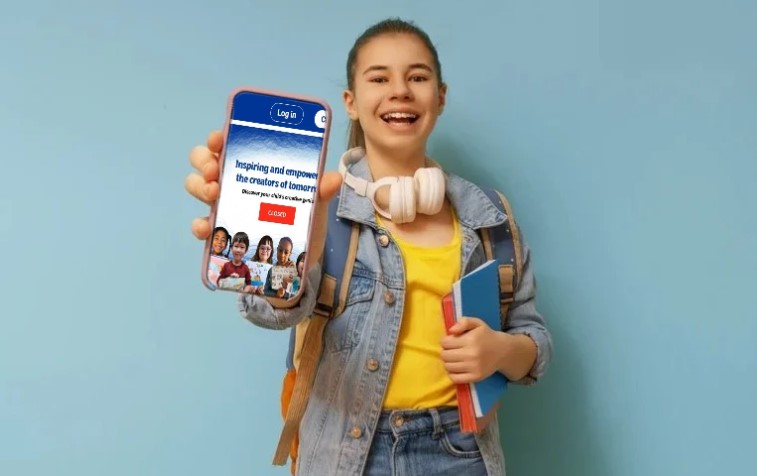
- Target Age: Beginners
- Key Features: Foundational instruction, comic art and animation focus, personalized feedback from instructors
Creativity School introduces young artists to core skills in drawing, animation, and visual storytelling. With a structured series of beginner-friendly courses, the platform helps children build confidence by guiding them through achievable projects. Lessons range from drawing simple characters to crafting full comic strips and short animations.
Courses are delivered in a supportive format where children receive encouraging video instruction and can share their creations with peers and instructors. Instructors provide tailored feedback that helps kids develop not just technical abilities but also a sense of personal artistic voice.
Color theory, perspective, basic anatomy, and character motion are introduced through fun exercises. Emphasis is placed on storytelling, helping children understand how art can communicate feelings, messages, and humor. Even shy learners find a comfortable space to grow their talents with tools that break down complex ideas into manageable steps.
Why It’s Great: Encourages artistic confidence through well-paced lessons and instructor guidance, perfect for beginners discovering their style.
8. Udemy – The Ultimate Drawing Course
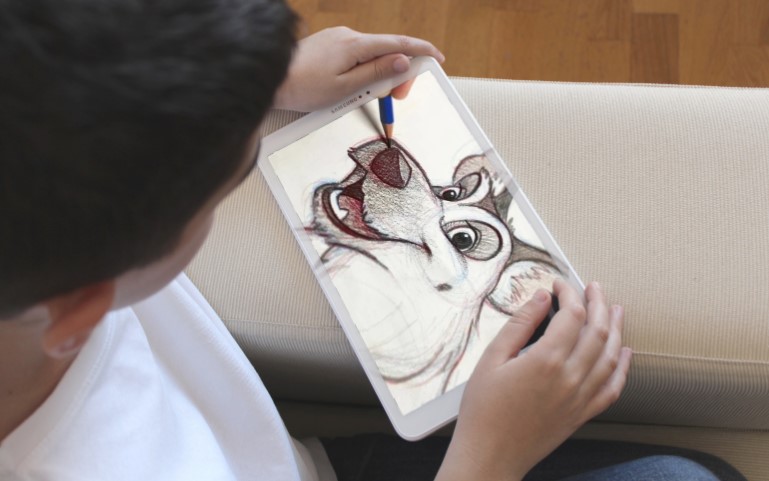
- Target Age: 8+
- Key Features: Comprehensive structure, basics through advanced techniques, widely recognized course
Udemy’s Ultimate Drawing Course provides a step-by-step curriculum that covers everything from simple lines and shapes to realistic shading and complex character design. Created for students serious about improving, it follows a logical progression that makes learning straightforward and rewarding.
Courses are pre-recorded and self-paced, making it easy for kids to revisit lessons and practice skills until they feel ready to move forward. Topics include perspective drawing, proportions, still life, and imaginative composition. Each module builds on the last, allowing young artists to see measurable improvement over time.
Instructors speak clearly and break concepts into digestible chunks. Assignments challenge students to apply techniques in creative ways, helping them blend skill-building with personal expression. As one of the most popular art courses on the platform, it receives high praise for its clarity, depth, and effectiveness.
Summary
Online art classes provide families with a wide selection of tools for nurturing creativity at home. Some platforms focus on live interaction, offering real-time feedback and social engagement.
Options also vary in cost, with some offering completely free access and others delivering structured, premium content.
Choosing the right class depends on several factors. A child fascinated with comics might thrive in a course like Creativity School, while a budding realist could excel in Udemy’s structured format.
Related Posts:
- 12 Best Online Quiz Games for Classrooms in 2025
- Skills Development for Kids - How to Get Better at…
- Top 40 Cooperative Board Games You’ll Love Playing Together
- Top 9 Free Math Games Online That Actually Teach Something
- 8 Best Resources for Math Teachers 2025 - Websites,…
- 10 Best Digital Homework Platforms for Students and…










